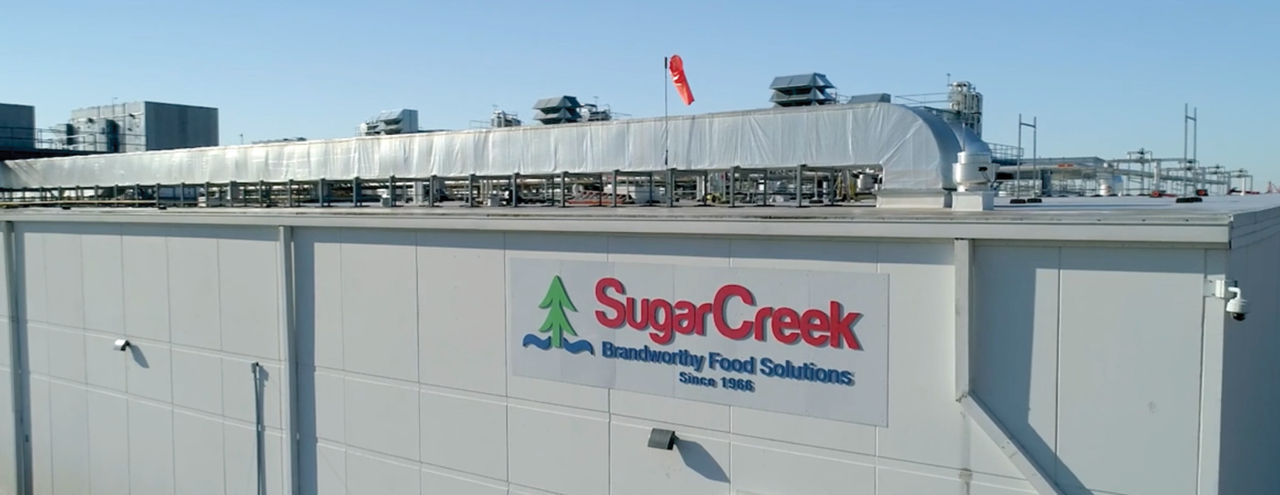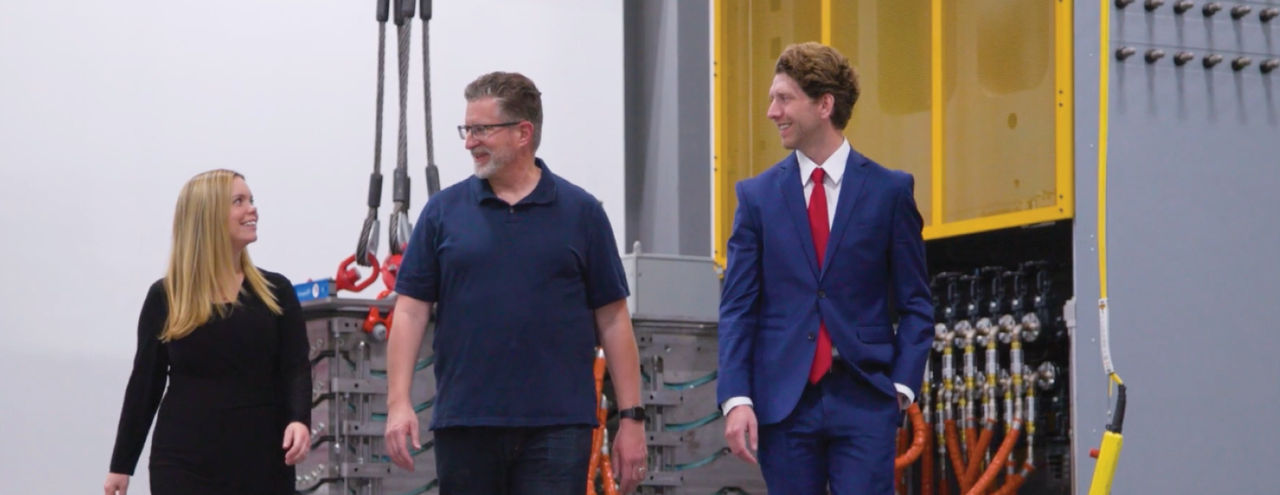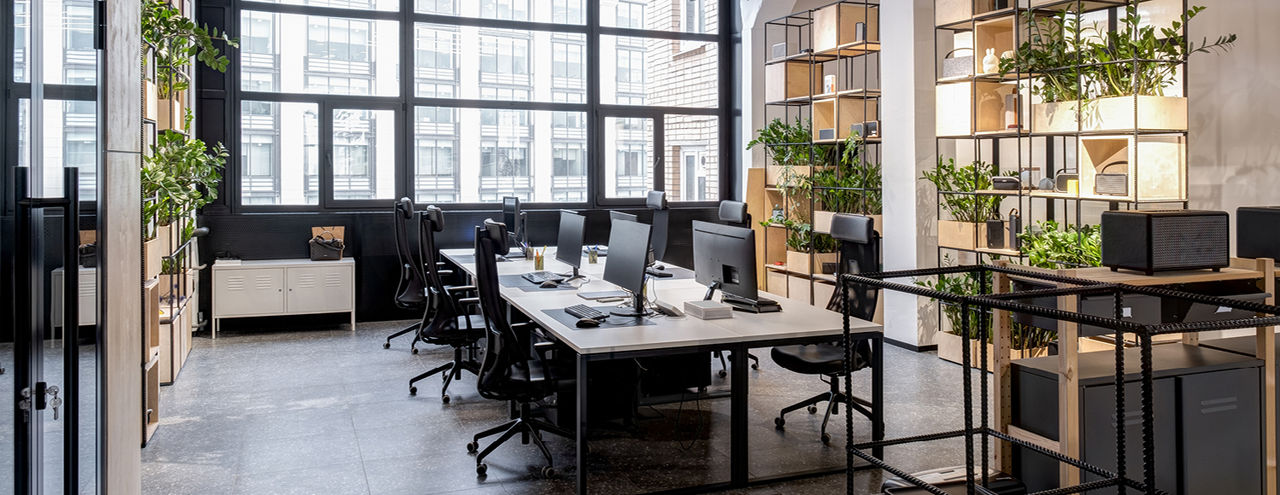Whether you are a business executive looking to invest in new equipment or a vendor seeking financing options for your clients, you can leverage flexible financing through First American to achieve your goals.
Why is investment in CapEx growing despite elevated interest rates? Explore contributing factors and their implications for the future below.
As the Federal Reserve continues its efforts to slow the economy and fight inflation, it is not surprising that rates are expected to remain high over the next few months. What may come as a surprise, however, is that despite elevated interest rates, investment in CapEx—and financing investment in CapEx—is on the rise.
According to the latest ELFA Monthly Leasing and Finance Index (MLFI-25), which reports economic activity from 25 companies representing a cross-section of the $1 trillion equipment finance sector, new business volume of commercial equipment financed in May 2024 was up 11% (at $10.2 billion) compared to May 2023—far outpacing GDP growth.1
Increased financing of capital expenditures might be the opposite of what is expected in these economic conditions, at least by historical standards. Typically, a higher cost of capital leads to a cool down of CapEx and subsequent decrease in commercial leasing and financing. So, what makes our current environment different? Here are key observations from the past year and implications for the year ahead:
Pent-up Demand Opens the CapEx Floodgates
A few years ago, major supply chain disruptions and their resulting shortages forced businesses to delay or freeze their capital projects. Though supply chain issues are ongoing, they are less severe now. This, combined with the pent-up demand from previous years, led to a significant resurgence in capital spending as the economy reopened—which has steadily continued.
Anticipated Rate Increases = More Fixed-Rate Financing
Mixed expectations on where rates will go tend to make fixed-rate financing more appealing. By utilizing fixed-rate financing for equipment acquisitions, business leaders can minimize their initial cash outlays, gain needed predictability for cash flow management, and align payments with expected cash inflows.
Labor Shortages Leading to Automation
To address an ongoing labor shortage, businesses have turned to automation—substantially increasing their investment in robotics and automation technologies to support their existing workforce, lower operational costs, and create needed efficiencies to meet demand. According to McKinsey, robot shipments are expected to increase by up to 50% every year through 2030, indicating automation will remain a strategic priority in the years ahead.2
Financial Executives Diversifying Funding Sources
In an uncertain economy, relying on an established banking relationship as a single source of funding is too risky for some businesses. To get ahead of potential changes in their bank’s business, companies are exploring other financing relationships that can complement their main bank.
Although we are facing an interesting and unprecedented intersection of inflation, labor shortages, and supply chain constraints, investment in capital projects has risen and will likely continue to grow in the coming years. By investing in CapEx and using financing as a strategic tool, business leaders can build financial resilience and position themselves to take advantage of growth opportunities on the horizon.
Last updated: July 2024
Sources:
1ELFA Monthly Leasing and Finance Index (MLFI-25), May 2024
2McKinsey & Company, “Getting warehouse automation right”, December 2023












